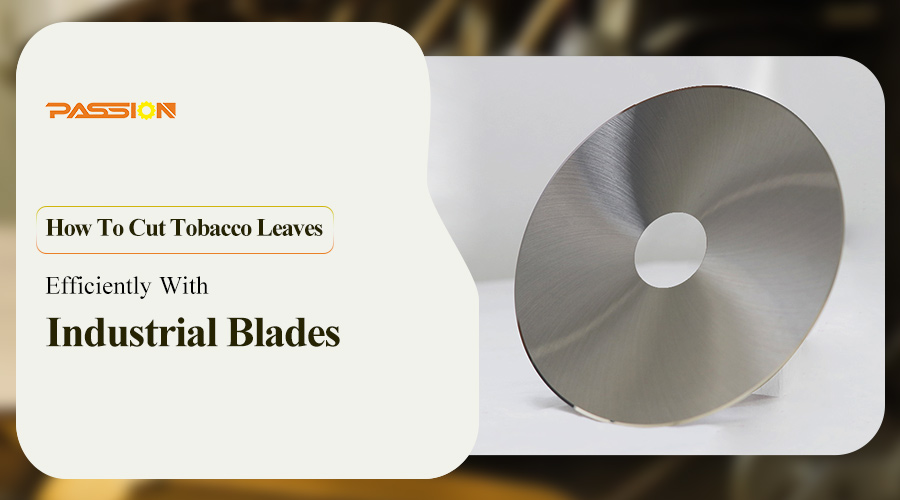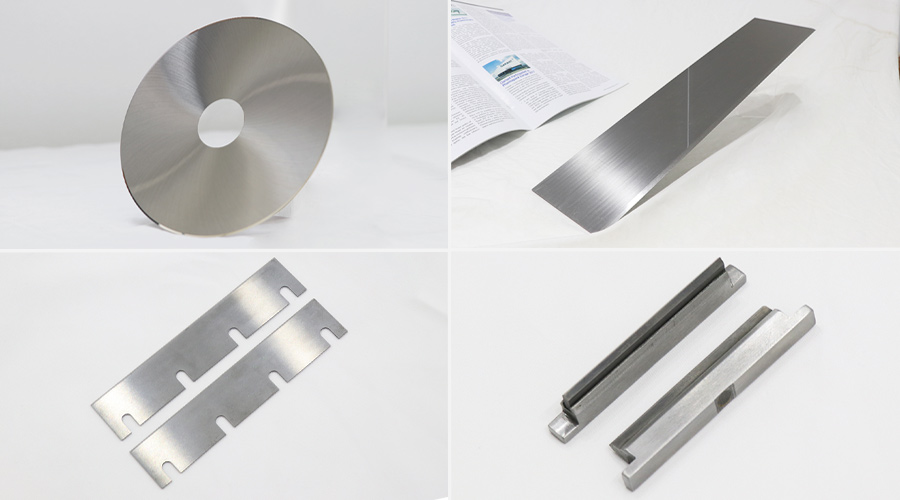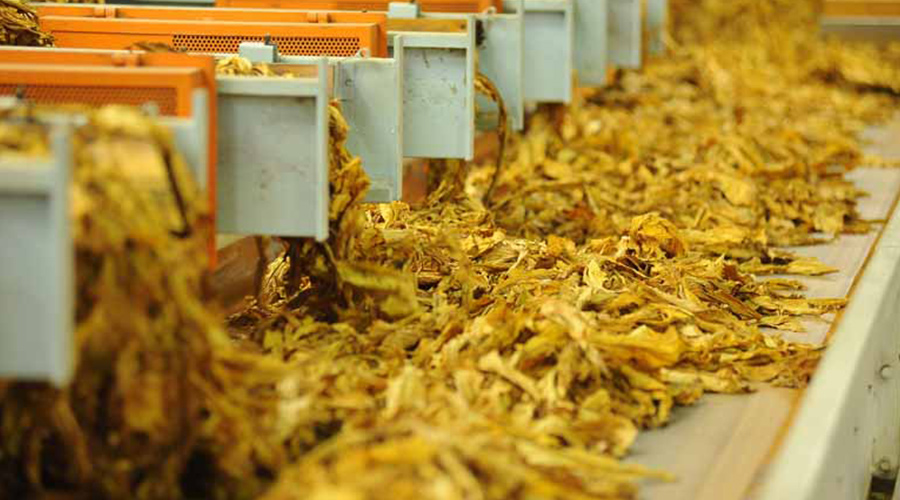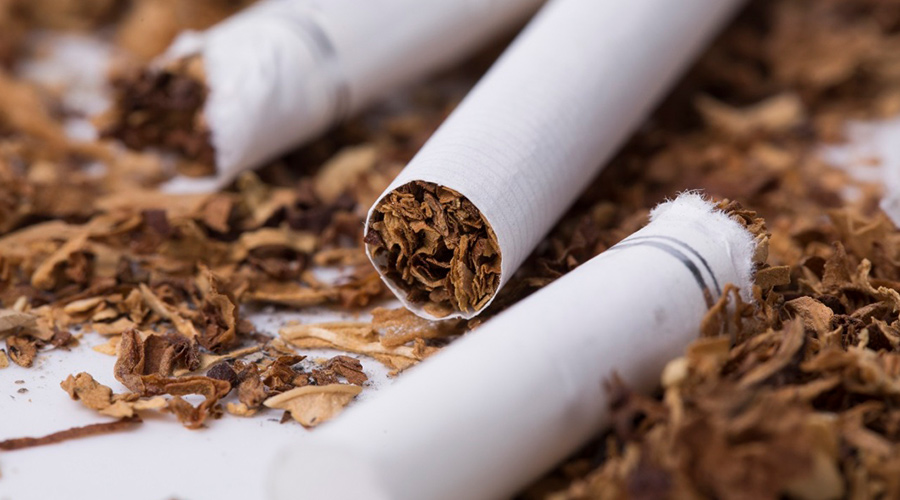
Cutting tobacco is a critical process in the tobacco processing industry, directly related to the taste, appearance and productivity of the final product. As technology advances, the use of industrial blade technology has revolutionised tobacco cutting. In this article, we look at how advanced blade technology can be used to achieve efficient and accurate tobacco cutting.
Choosing The Right Type Of Blade
The first step in cutting tobacco is choosing the right type of blade. Typical blade types for cutting tobacco knives are circular knives, long square knives, thin blade knives, and mark knives. The texture, thickness and cutting requirements of the tobacco blade determine the material and design of the blade required. In general, carbide blades are ideal for cutting tobacco because of their high hardness, wear resistance and thermal stability. Carbide blades keep the cutting edge sharp and reduce friction and heat build-up during the cutting process, thus ensuring flatness and accuracy of the cutting surface.

Adjusting Cutting Parameters
Adjustment of cutting parameters is the key to efficient cutting. This includes the cutting speed, feed and depth of cut. The choice of cutting speed should be based on the texture and thickness of the tobacco blade; too fast a speed may result in a rough cutting surface, while too slow a speed will affect productivity. The feed amount determines the depth of the blade cutting into the tobacco each time cutting, the appropriate feed amount can ensure the continuity and stability of cutting. The depth of cut needs to be adjusted according to the specific tobacco product and cutting requirements.
Optimising The Cutting Process
In addition to choosing the right blade and adjusting cutting parameters, it is equally important to optimise the cutting process. This includes pre-treatment of the tobacco blades, maintenance of the cutting equipment and disposal of the waste after cutting. Pre-treatment steps may include cleaning, drying and sorting of the blades to ensure consistent texture and thickness of the blades prior to cutting. Regular maintenance and inspection of cutting equipment ensures blade sharpness and cutting accuracy, extending the life of the equipment. Disposal of waste after cutting requires environmental and sustainability principles to minimise waste and pollution.

Automated Cutting
To improve productivity and cutting accuracy, many tobacco processors have adopted automated cutting equipment. These machines are often equipped with advanced sensors and control systems that monitor and adjust cutting parameters in real time to ensure stability and consistency in the cutting process. Automated cutting not only improves productivity, but also reduces errors and risks associated with manual operations, bringing higher quality and benefits to the tobacco processing industry.
In summary, the use of advanced blade technology and optimisation of the cutting process can achieve efficient and accurate cutting of tobacco. Choosing the right blade type, adjusting cutting parameters, optimising the cutting process and realising automated cutting are all key factors in improving cutting efficiency and product quality. With the continuous development of science and technology, we have reason to believe that the future of tobacco cutting technology will be more intelligent and efficient, bringing more innovation and opportunities for the tobacco processing industry.

In the field of tobacco processing, the innovation of cutting technology not only improves the production efficiency, but also brings better product experience for consumers. Therefore, continuous exploration and application of new technologies will be the key to the sustainable development of tobacco processing enterprises.
Later, We will continue to update information about industrial blades, and you can find more information on our website (passiontool.com) blog.
Of course, you can also pay attention to our Official social media:
Post time: Apr-02-2025









